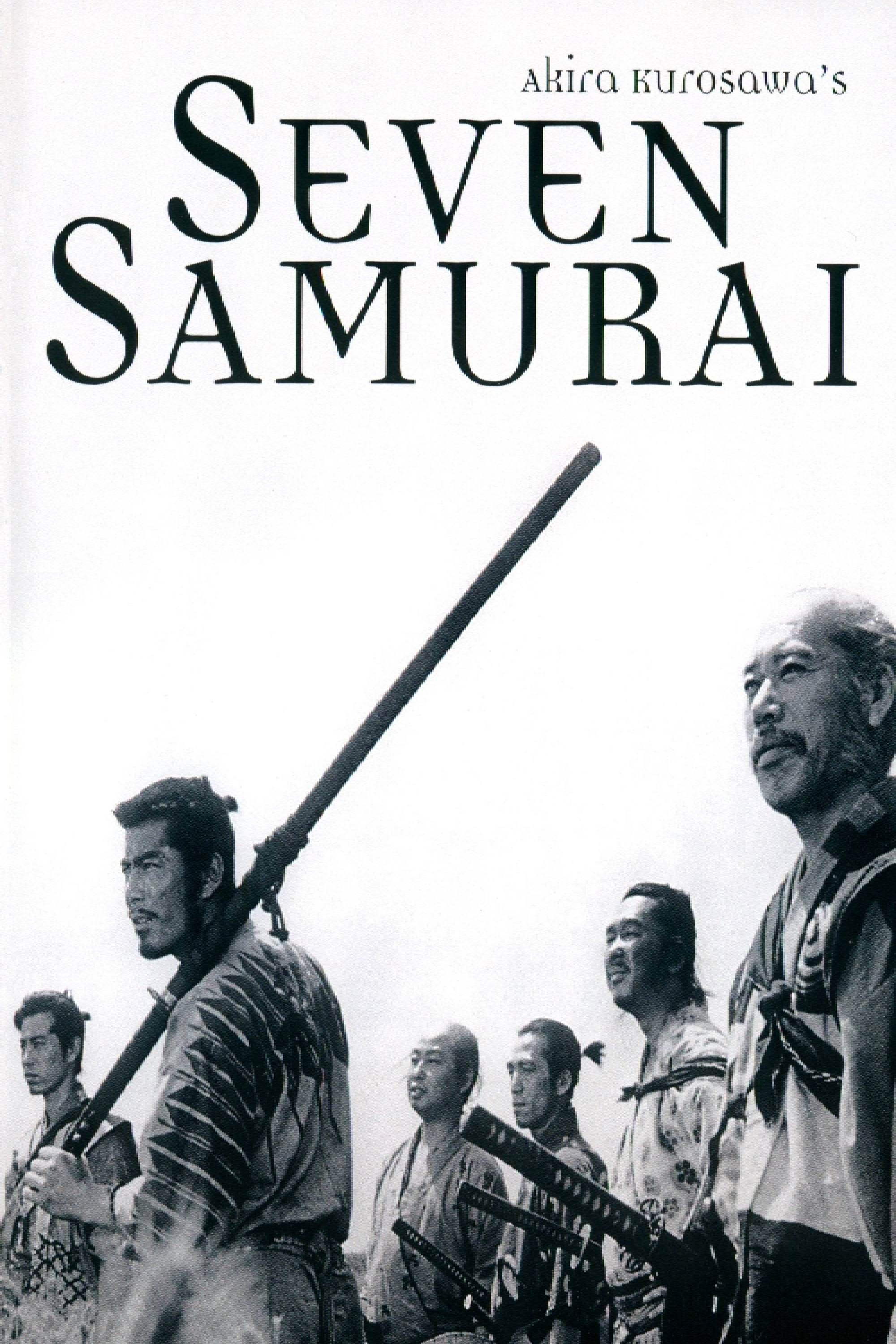The Japanese movies that you must watch at least onceencapsulate classic representations of this country’s intriguing cinematic world.
Godzillais about a giant sea monster awakened because of Japan’s nuclear testing.
The monster heads straight toward Tokyo, delivering devastation and terror.
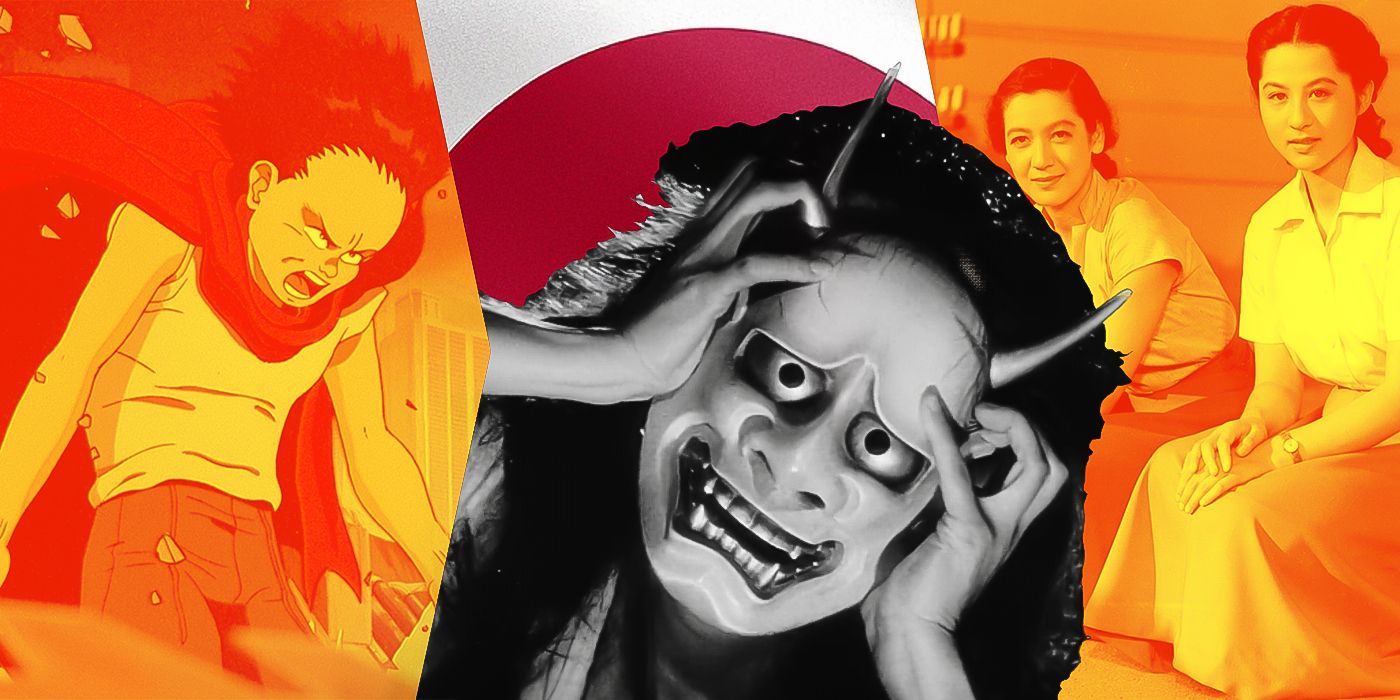
Custom Image by Nimesh Perera
This movie popularized theyakuza genre, which was later maintained mostly byTakeshi Kitano, among other directors.
Departuresfollows the successful cellist Daigo Kobayashi (Masahiro Motoki), whose orchestra in Tokyo gets disbanded.
He looks for work there and answers an ad that says it’s about “assisting departures.”
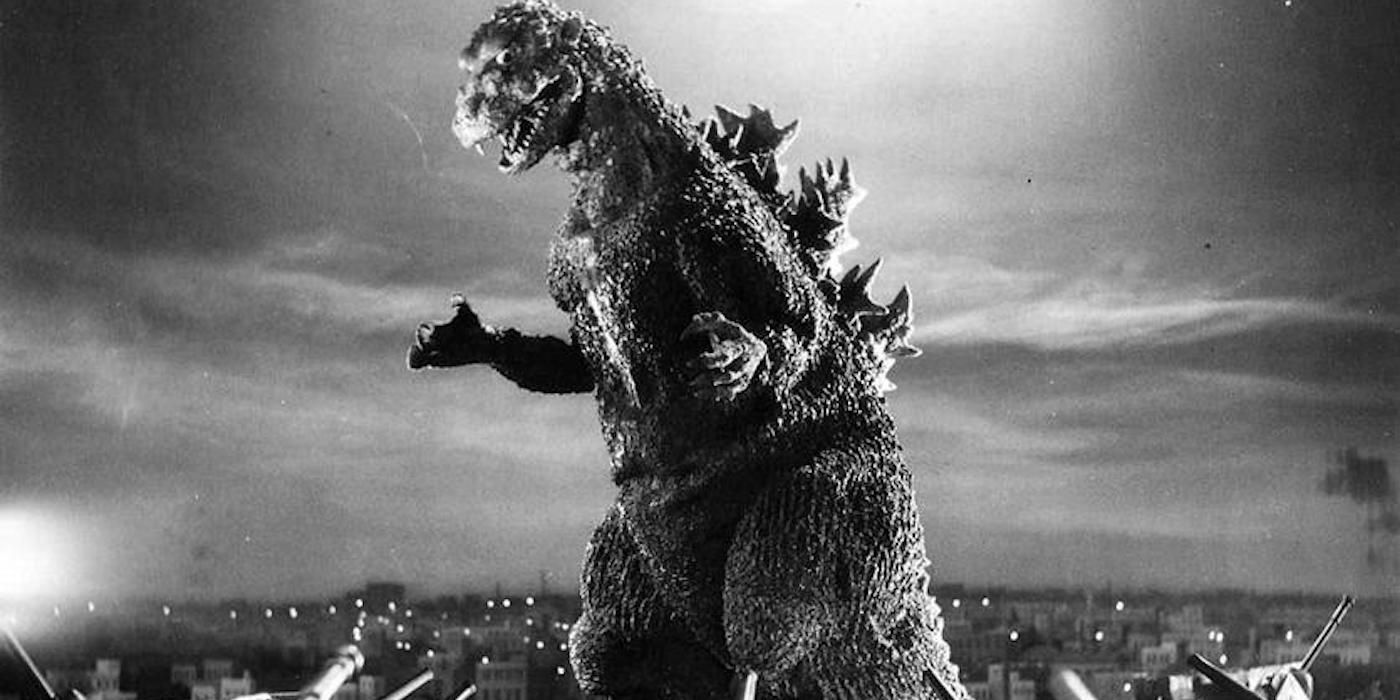
Image via Toho
The prevalent theme is death, but others include fear, love, and rediscovering a life’s purpose.
Another prevalent theme is the female desire, oftenrepresented and depicted in Japanese mythology.
Onibabais set sometime in the 14th century, after the famous battle of Minatogawa, and somewhere near Kyoto.
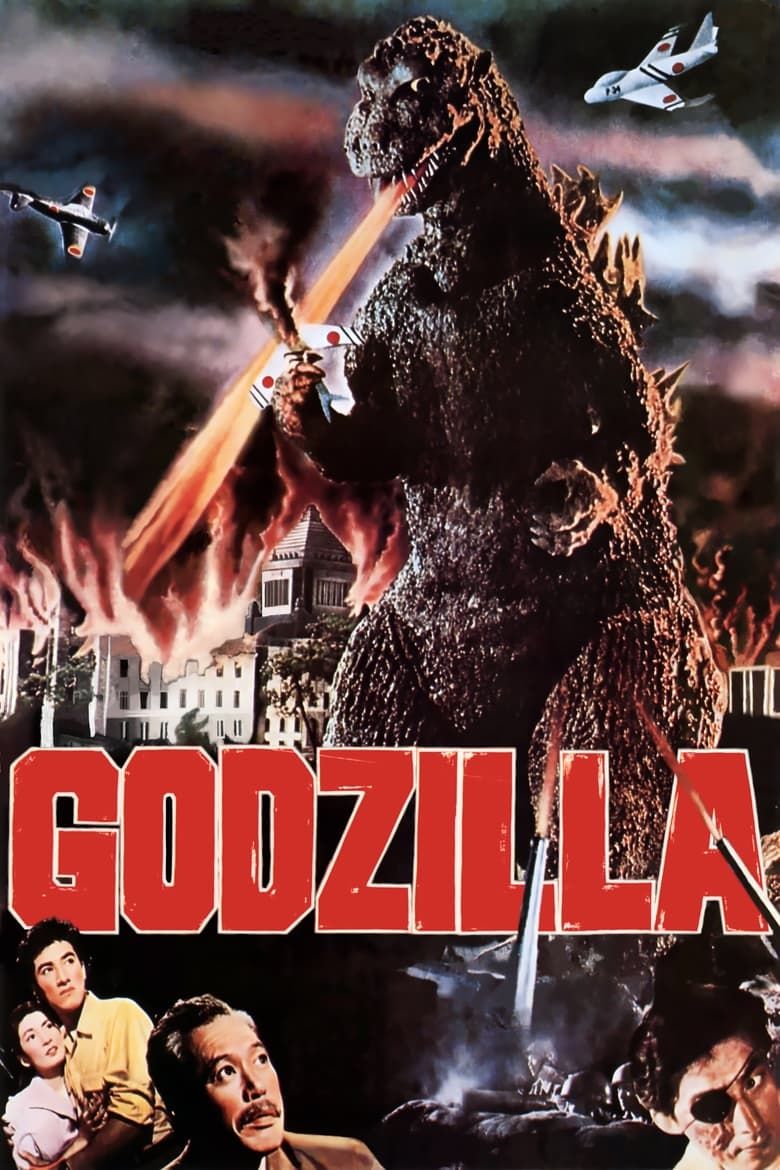
They take the stolen goods and exchange them for food.
The city is riddled with anti-government protesters, terrorists, and organized violence, and gangs are prevalent.
Spirited Awayfollows Chihiro, who moves with her parents to a new town.
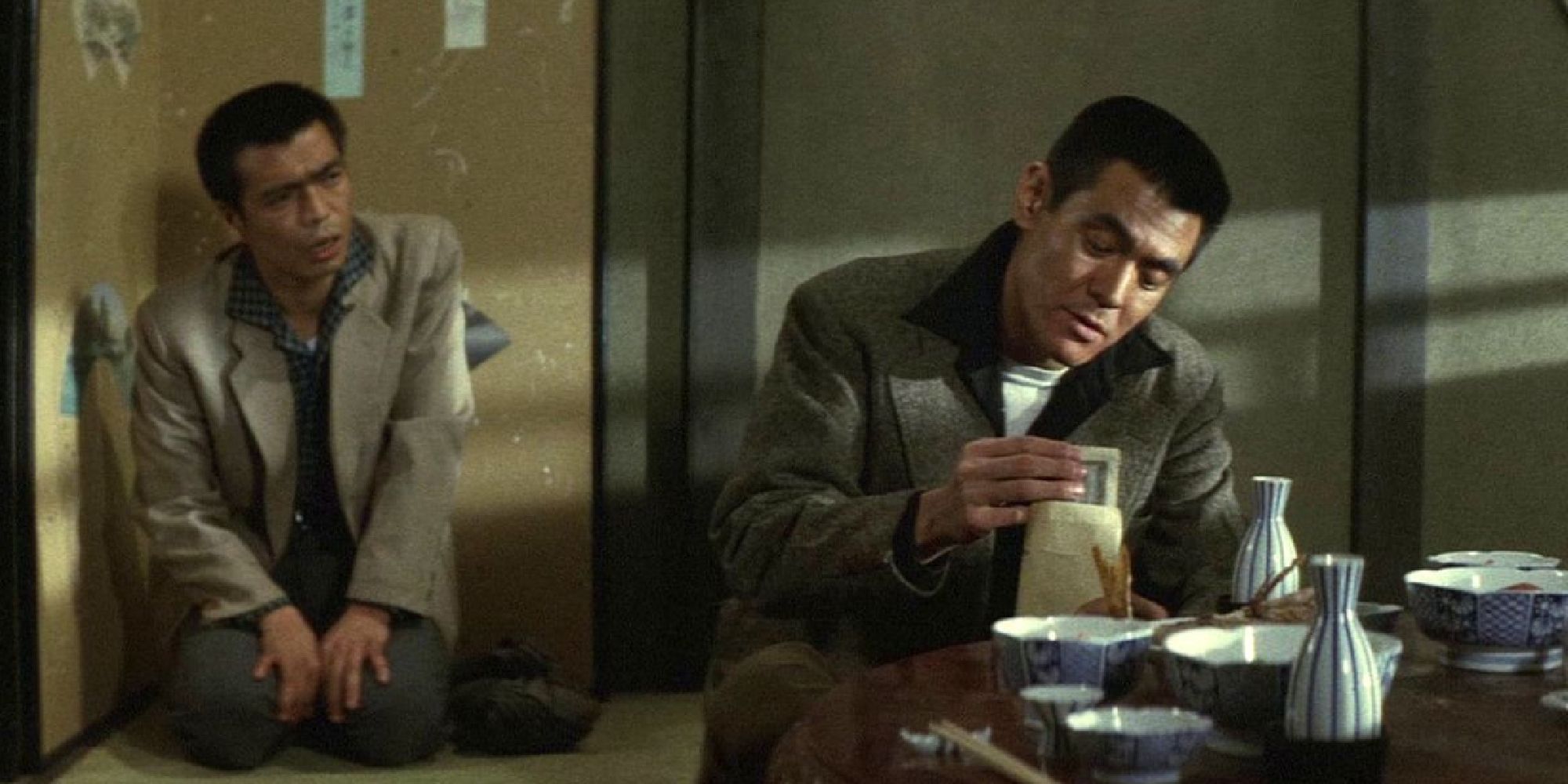
Image via Toei
This way, Chihiro grows up, showingSpirited Awayasa stunning and emotional coming-of-age story.
Studio Ghibli movies, in general, are vital for understanding and immersing oneself in Japanese cinema.
Harakirifollows a ronin, a masterless samurai, during the 1600s in Edo (ancient Tokyo).
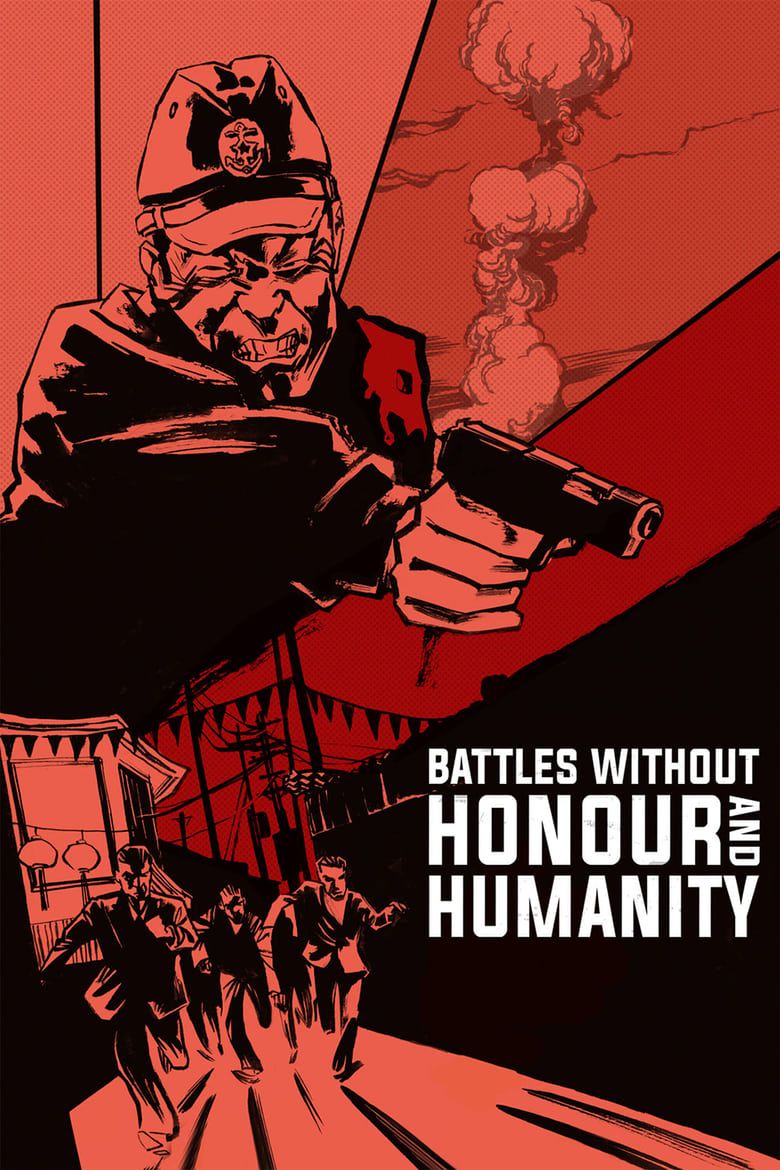
Ozu seemingly invented and reinvented many filming methods, providing inspiration to numerous directors later in life.
And to think, maybe we wouldn’t haveOcean’s ElevenorKung Fu Pandawithout this influence today.
One of them is thetemperamental vagrant Kikuchiyo, played by the inimitableToshiro Mifune.
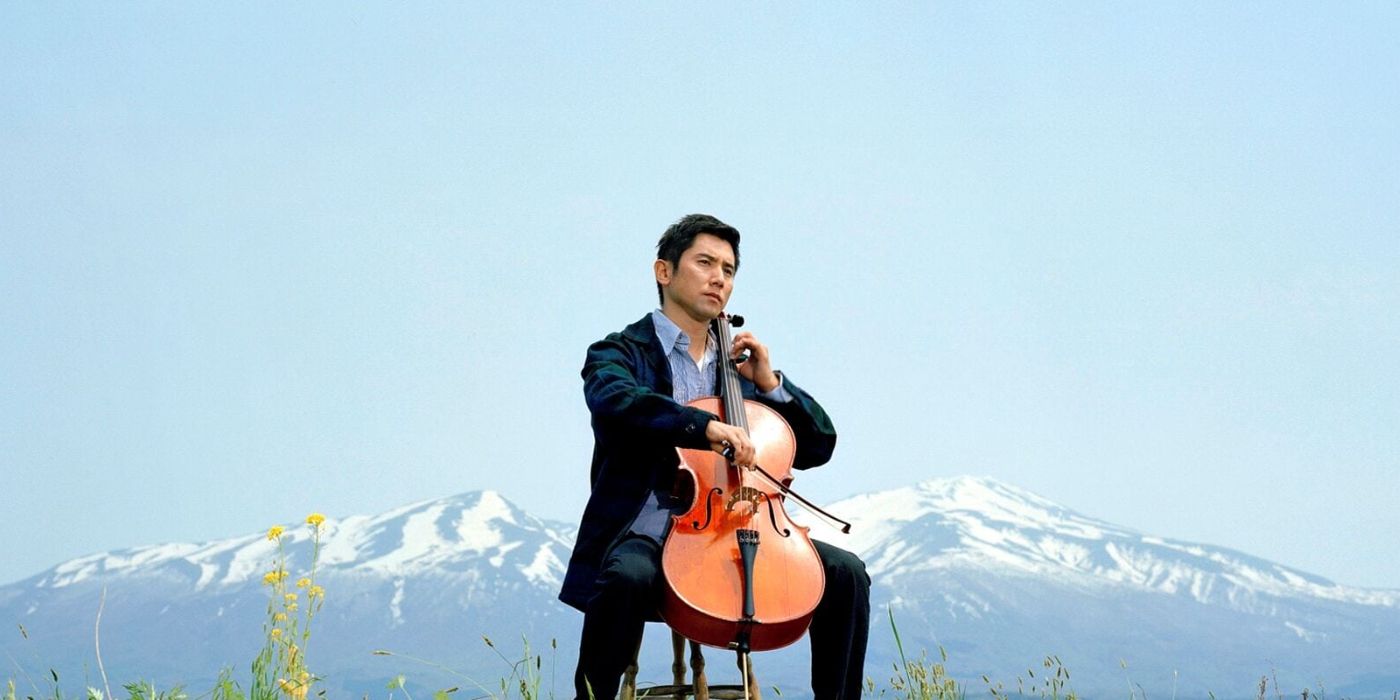
Image via Shochiku
The moviedirectly inspired various Westerns, too, especially the work ofClint Eastwood.
NEXT:The 10 Most Rewatchable Samurai Movies, Ranked
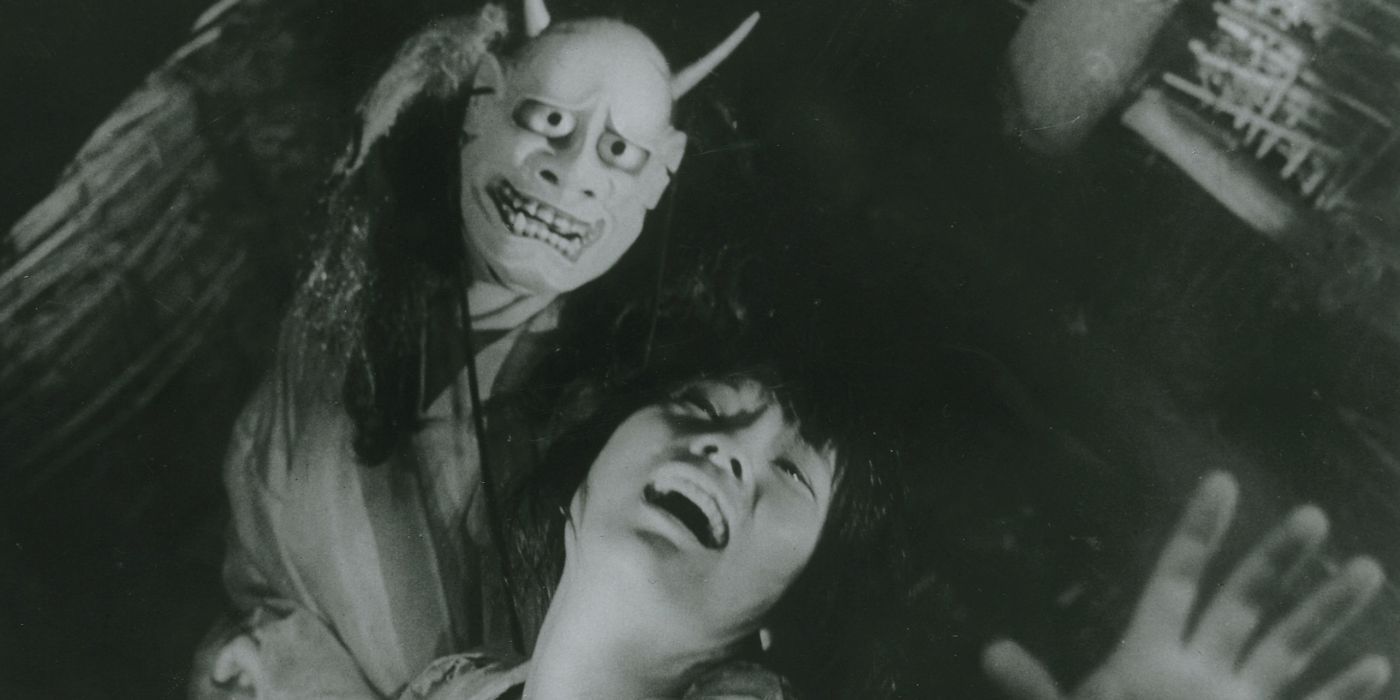
Image via Toho
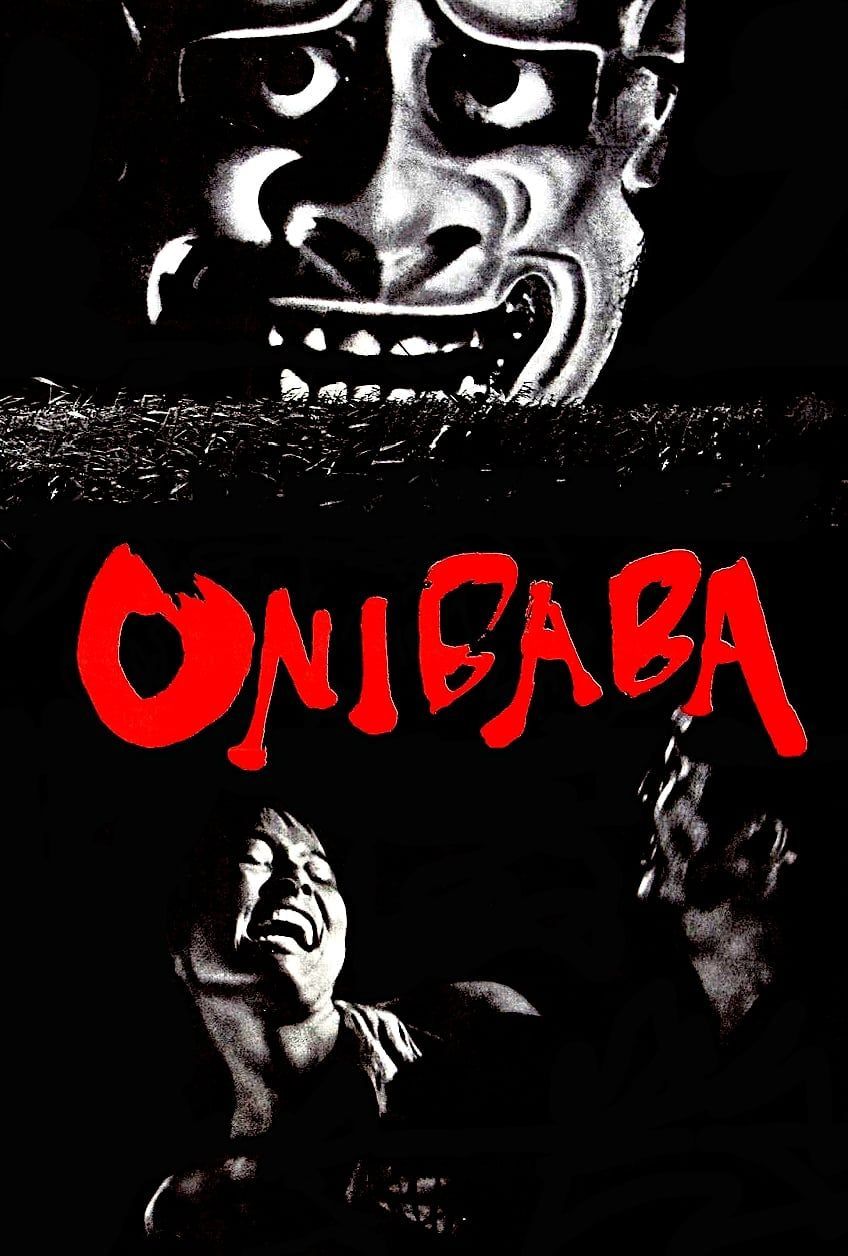
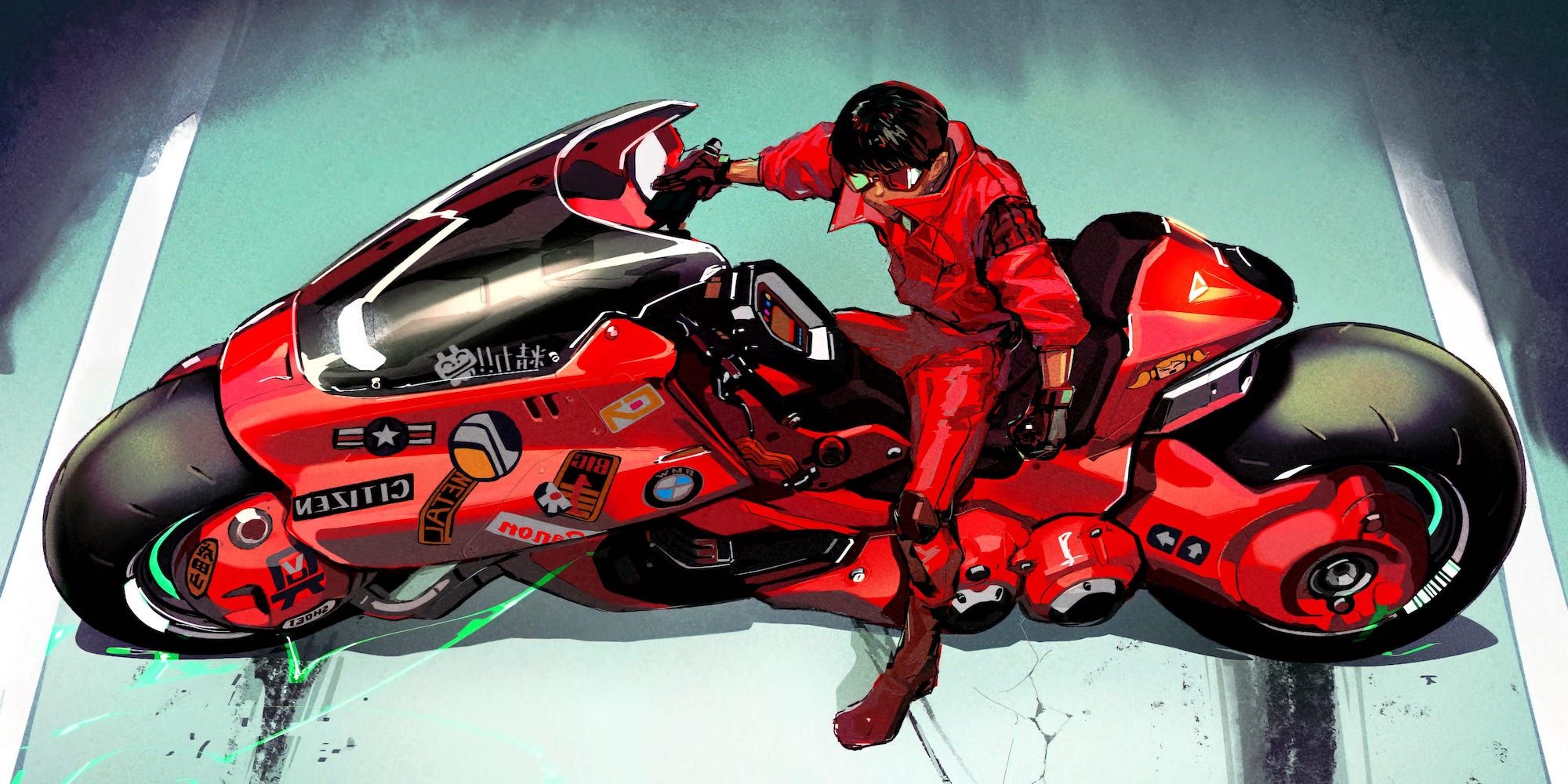
Image via Toho Co, Ltd.
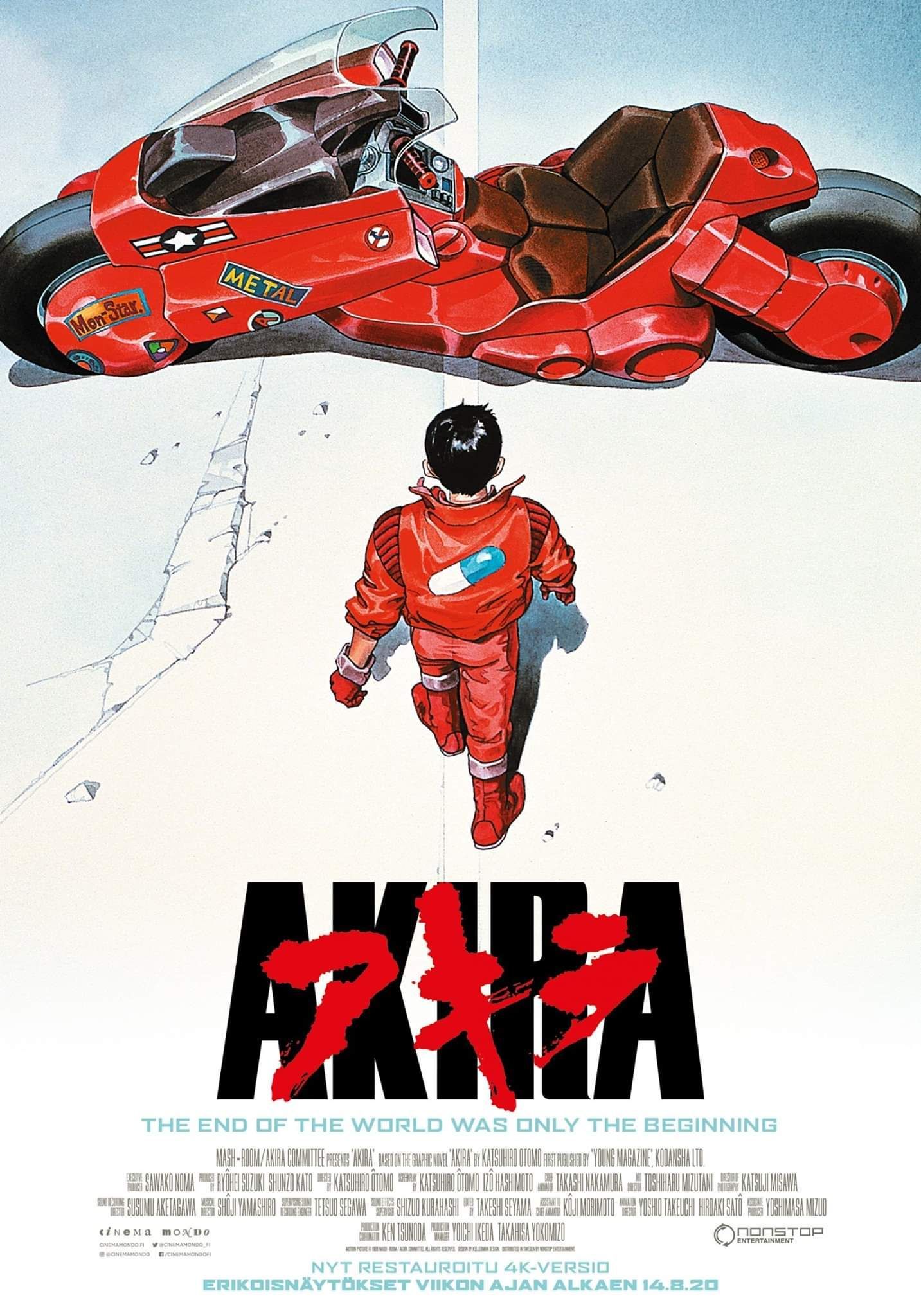
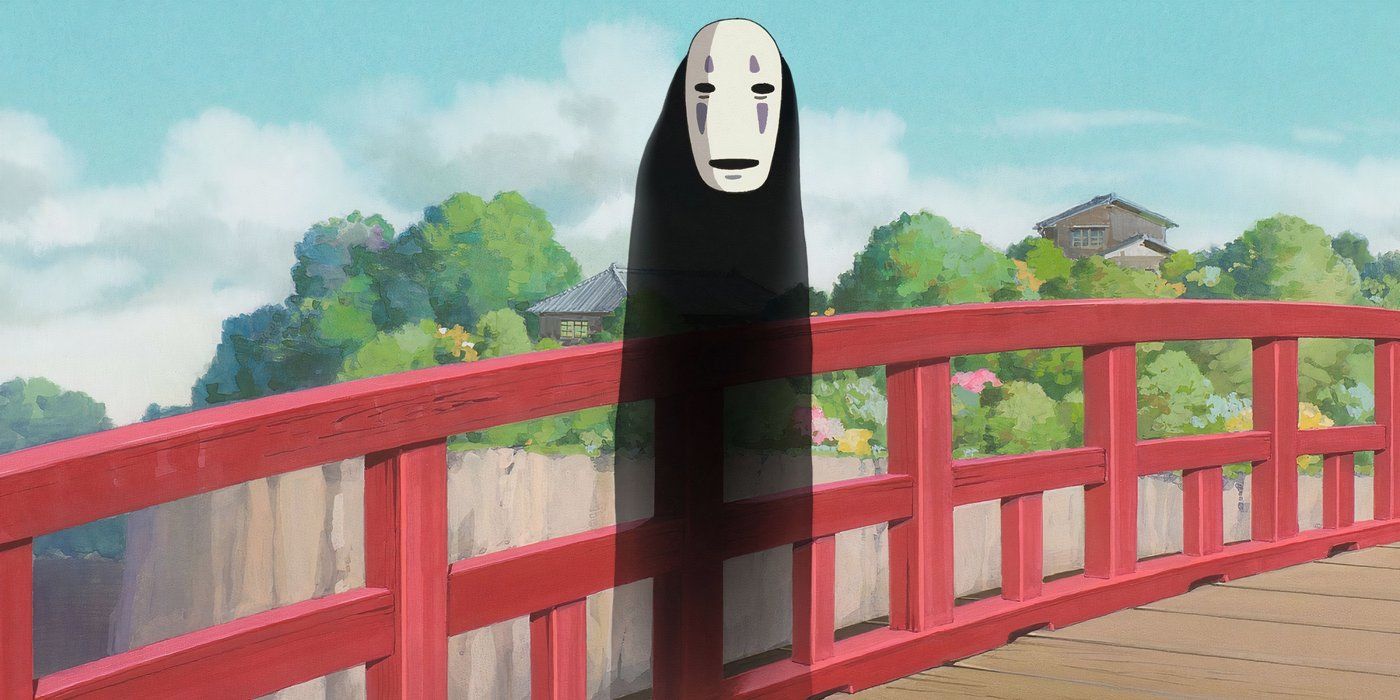
Image via Toho
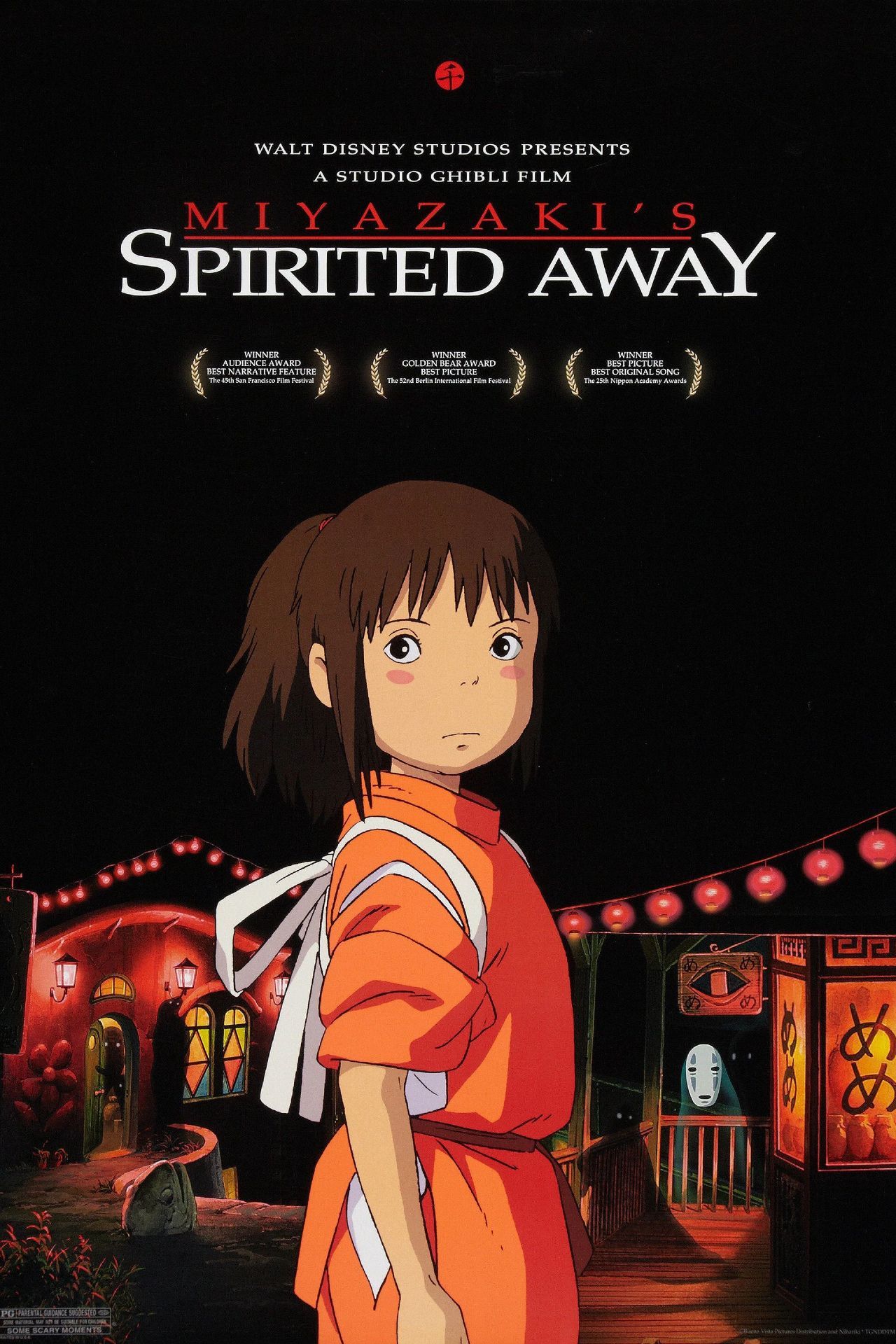
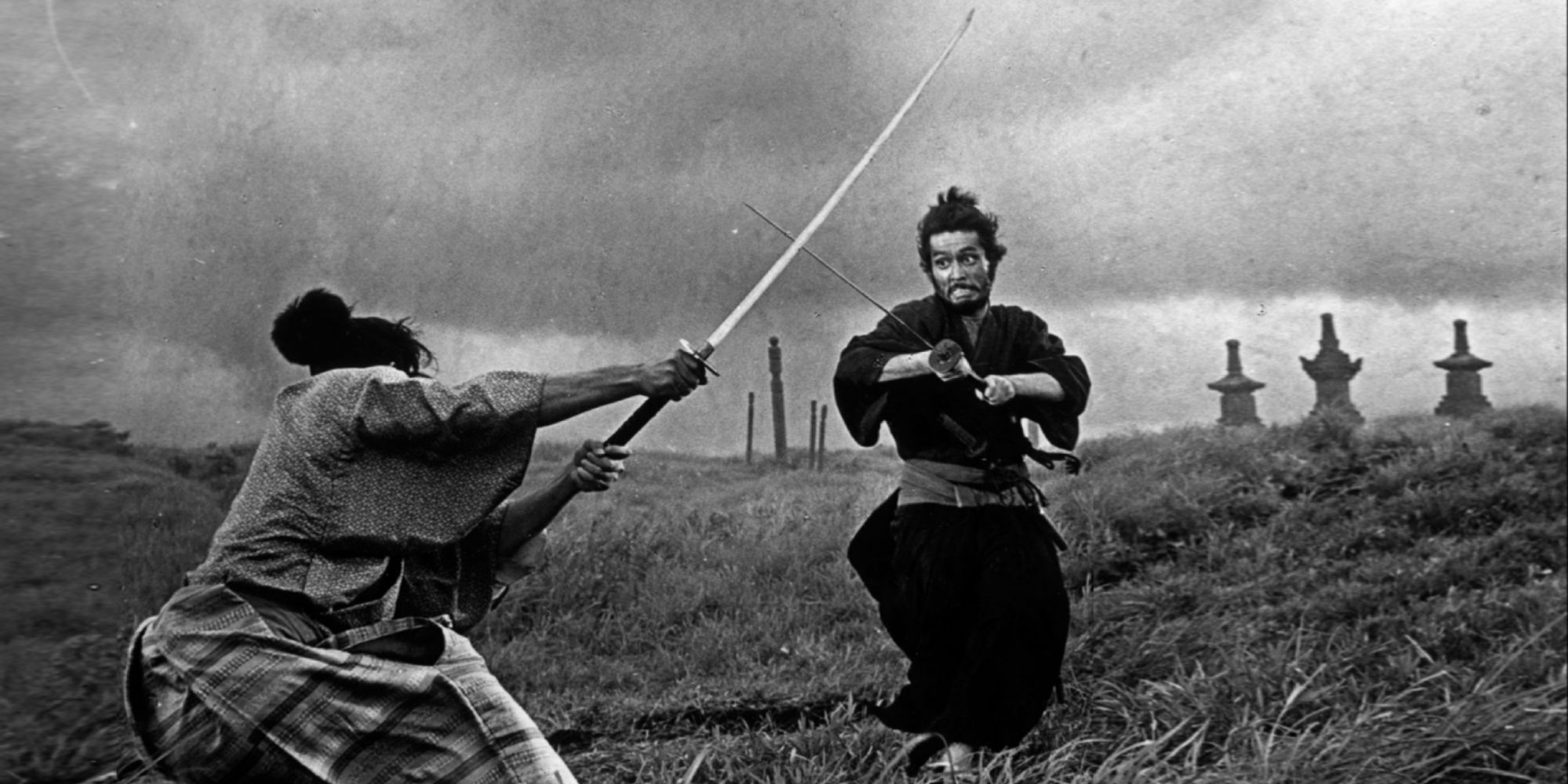
Image via Shochiku
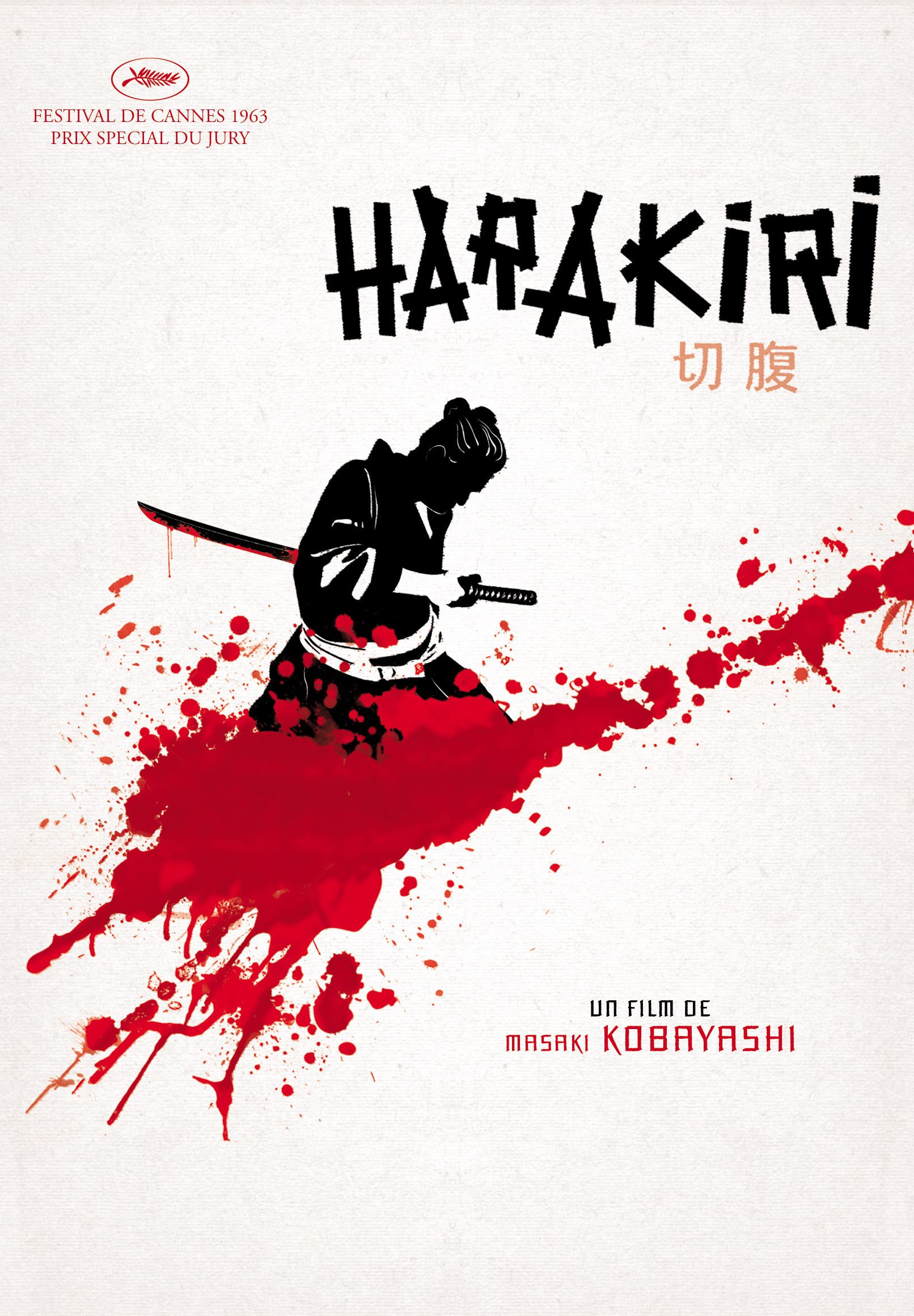
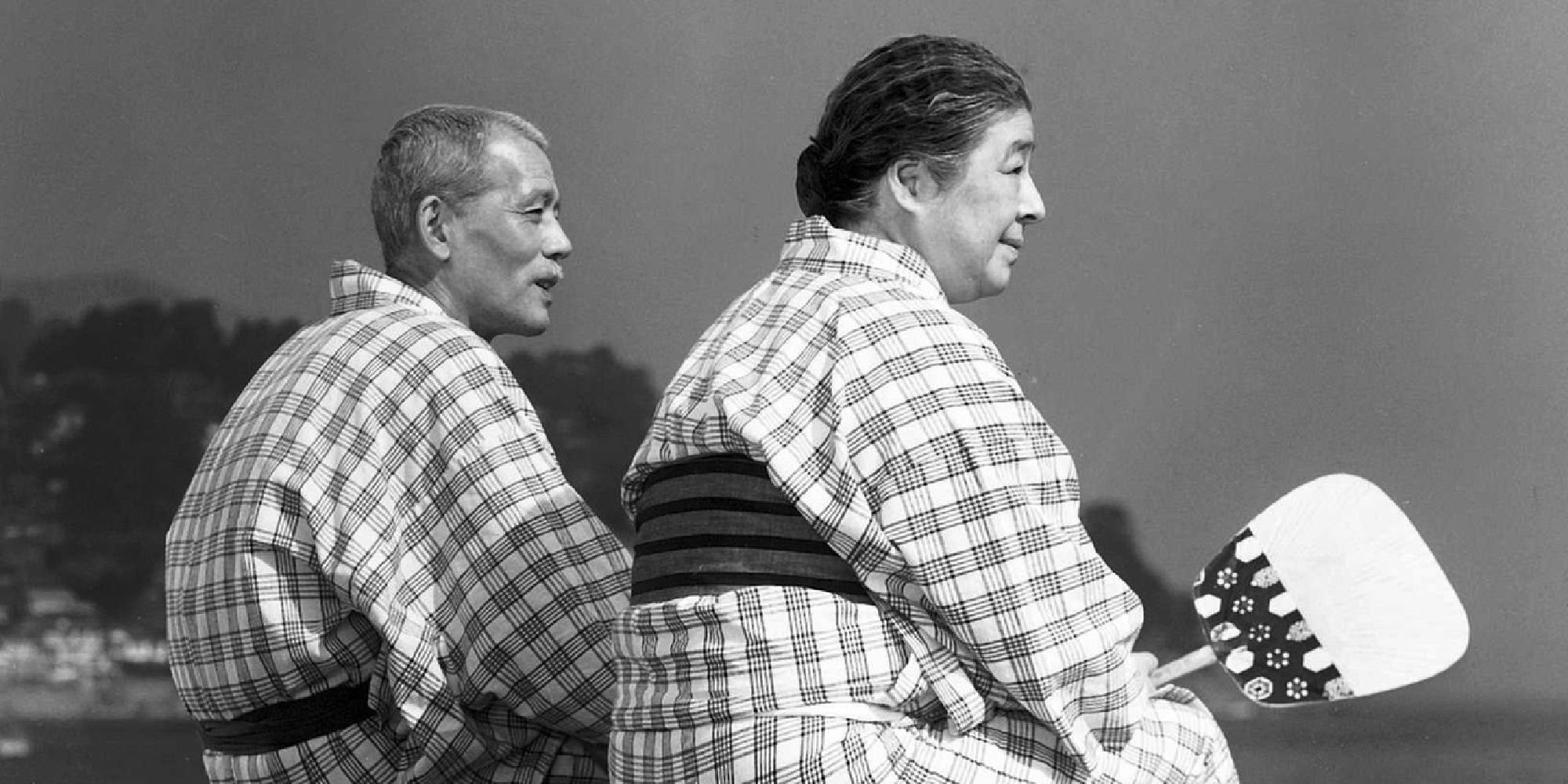
Image via Shochiku
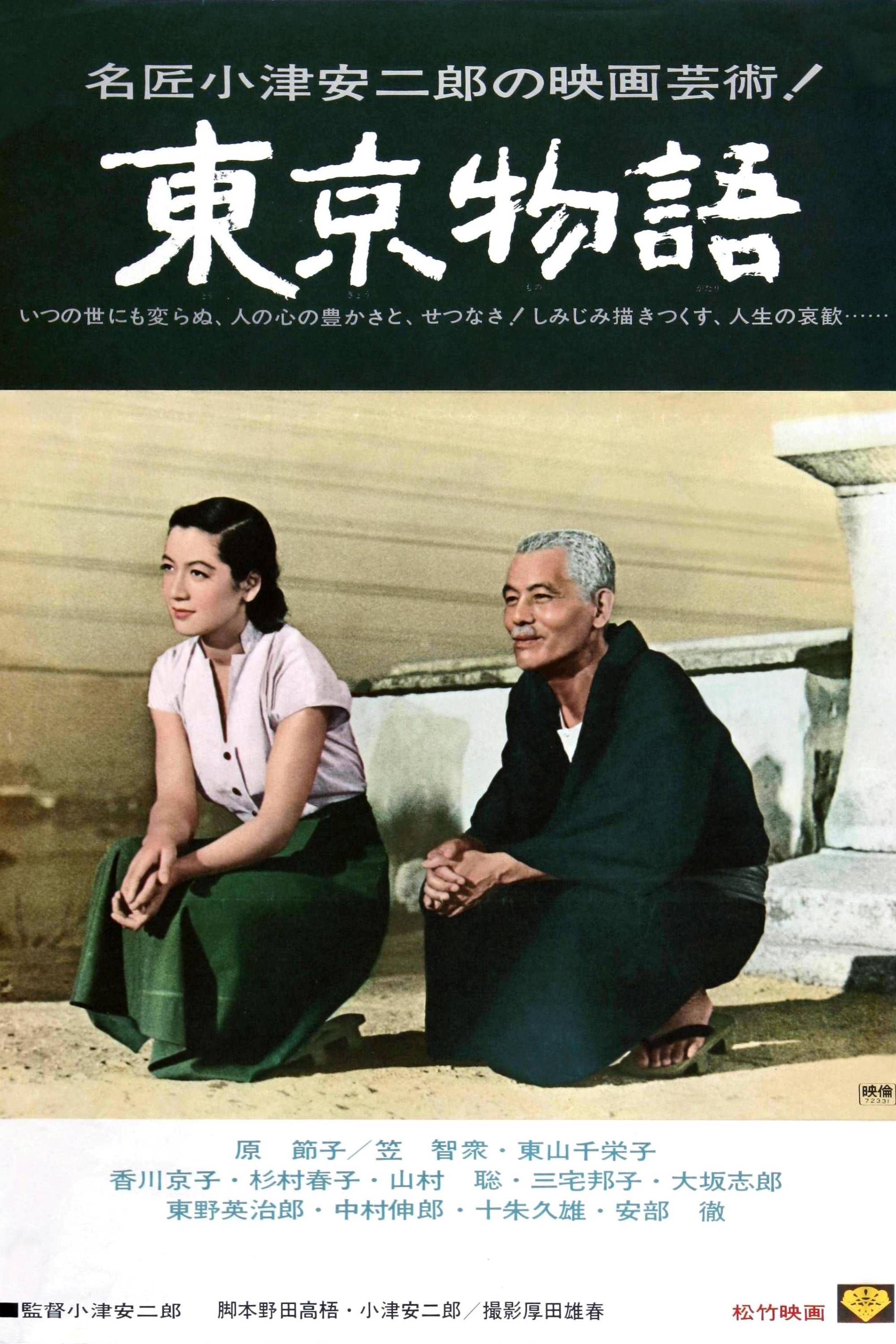
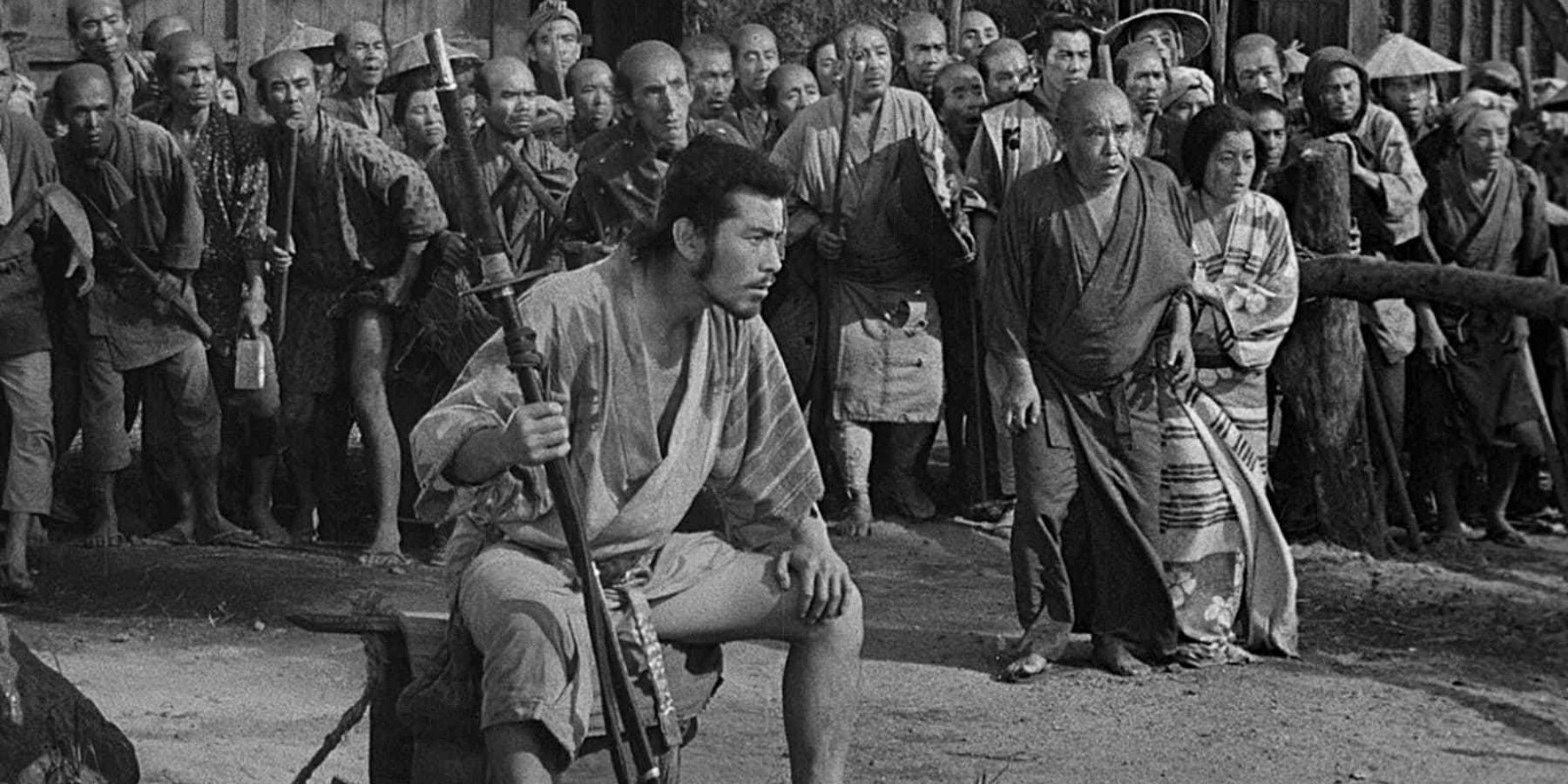
Image via Toho
